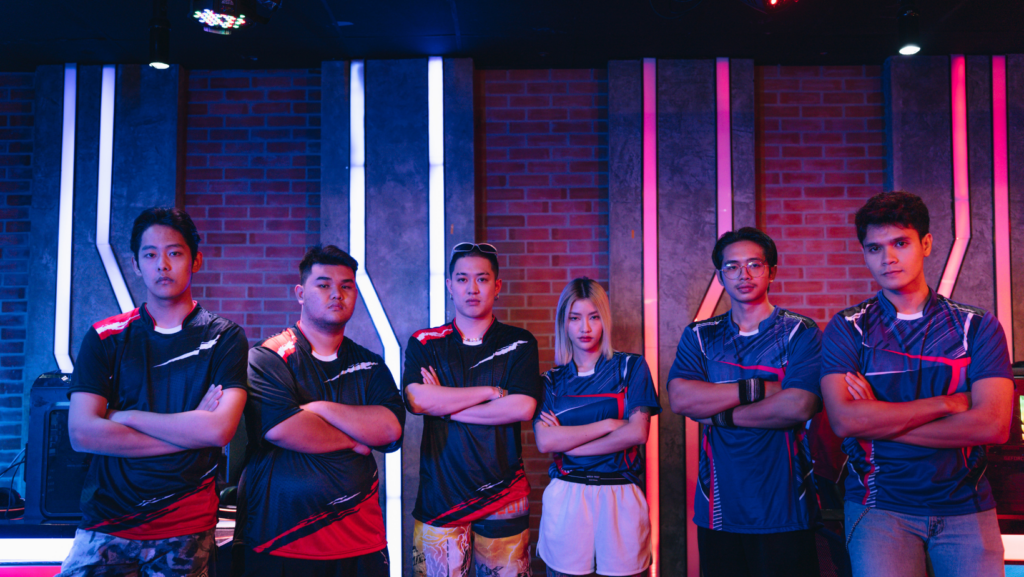Step into the electrifying world of youth esports league, where young gamers compete in a digital arena that’s just as intense as any traditional sports field. It’s a sphere that’s rapidly expanding, shaping the future of both sports and entertainment.
This dynamic environment isn’t just about games—it’s about teamwork, strategy, and the thrill of competition. With millions of young people worldwide tuning in and participating, it’s clear that youth esports league are more than a trend—they’re a global phenomenon.
So, whether you’re a parent trying to understand your child’s interests, a young gamer aiming to go pro, or just a curious observer, we’re here to guide you through the ins and outs of youth esports league. Stay tuned as we delve deeper into this fascinating world.
Youth Esports League
 The concept of Youth Esports League speaks to a world of competitive, organized, and collaborative video gaming. Among youngsters, this sphere thrives, providing avenues for skill development and the joys of competition.Diving deeper into youth esports league, an intricate structure undergirds the fun and thrill of the games. This formation brings order, lays out roles, and stipulates operational seasons, effectively turning a game into a professionally coordinated event.
The concept of Youth Esports League speaks to a world of competitive, organized, and collaborative video gaming. Among youngsters, this sphere thrives, providing avenues for skill development and the joys of competition.Diving deeper into youth esports league, an intricate structure undergirds the fun and thrill of the games. This formation brings order, lays out roles, and stipulates operational seasons, effectively turning a game into a professionally coordinated event.
Roles and Positions in an Esports League
A typical esports league operates on a systematic division of roles, creating a balanced and coordinated gaming ecosystem. Players assume specific posts like mid-laner, jungler, or AD carry in games such as League of Legends, or positions like rifler, AWPer, and in-game leader in Counter-Strike: Global Offensive. Similarly, a team’s composition greatly depends on the game being played and the strategy they’re employing.
In addition to player roles, there’s a backend hierarchy that administers the league and takes care of the logistics. Key roles include coaches, who provide guides and strategies to their respective teams; referees, who enforce league rules and ensure fair play; and managers, who handle logistical matters like team schedules, transportation, and communication with league administrators.
League Seasons: How They Work
 The concept of seasons is integral to the structure of most esports leagues. Much like traditional sports, an esports league season consists of a series of matches played over a set period, commonly a few months.
The concept of seasons is integral to the structure of most esports leagues. Much like traditional sports, an esports league season consists of a series of matches played over a set period, commonly a few months.
In these seasons, teams usually compete in a round-robin format where they play against all other teams. Points are earned based on wins, draws, and losses. At the end of the season, points are tallied and the top performing teams qualify for the play-offs, leading up to the grand finale.
Some leagues, like the Overwatch League, have additional mid-season tournaments offering extra prizes and a chance to win bonus league points. This format not only incites excitement but also provides opportunities for teams to strategize and adjust their gameplay midway through the season.
Benefits of Participating in a Youth Esports League
 Participation in youth esports league offers a multi-faceted enrichment experience. It not only tests mental dexterity, technical skills, and cooperative team play but also cultivates a healthy gaming culture.
Participation in youth esports league offers a multi-faceted enrichment experience. It not only tests mental dexterity, technical skills, and cooperative team play but also cultivates a healthy gaming culture.
Esports shapes essential abilities, giving consideration to both technical and soft skills. It cultivates technical dexterity as participants use gaming peripherals, improving real-time holistic thinking when engaging in complex virtual situations. For instance, in real-time strategy games like StarCraft, players strategize swiftly, managing resources, and predicting opponent moves.
Soft skills refinement forms a large part of the esports experience, particularly communication, teamwork, and leadership.
Joining a youth esports league paves a path to a potentially global social network. It not only keeps the gaming experience lively but fuels personal growth with a diverse set of interactions. Competitors connect with fellow gamers within and across teams, sharing knowledge, strategies, and experiences. This interaction goes further during league friendly matches and tournaments, fostering camaraderie and breaking cultural barriers.

